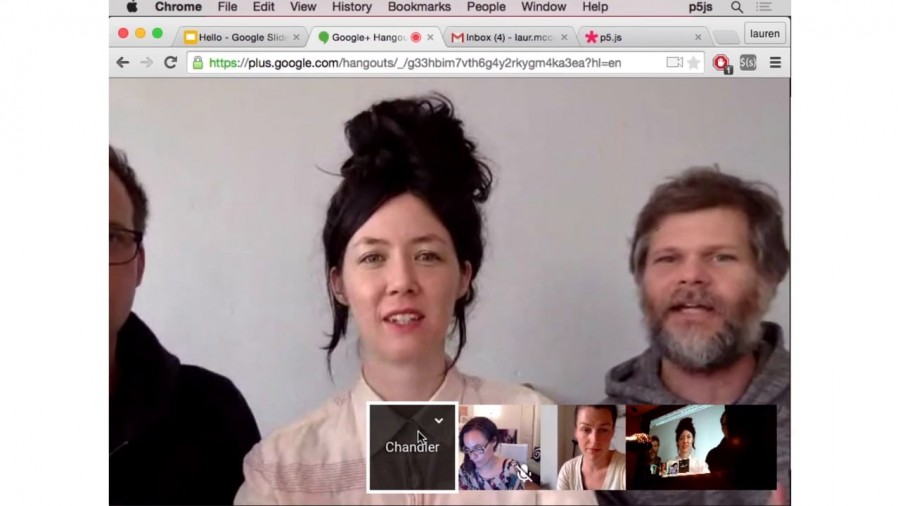I wanted to talk about how I got into coding and art. And how I started working on the p5 editor, since now I’ve been working on it for five years and maybe it seems sort of like if you want to do something like that like…how do you do it? And why is it important to me?
Archive (Page 1 of 2)

If we want to continue increasing the performance of our computers, we need to rethink the way we compute. And our brains are wonderful proof that impressive computations can be carried out with a very low power budget.

Sara Hendren: One proactive thing we do with students at Olin in their first year on team collaborative projects is we have them identify and separate the team’s goals from their individual learning goals.

I like to diversify the way that we work with technology, and I like to think of it as an art object, and an installation where we rethink and reinvent computation, especially focusing on alternative possibilities of the computer as not driven by war agendas or corporate mass production.

I want to talk about a general disposition toward ability and disability that I try to embody in my own work and the work that I do with students. That disposition is a kind of productive uncertainty in engineering and design.

I wanted to give a talk on how to be an ally but I can’t really give that talk, so this is not a talk on how to be an ally. It’s a talk about trying to become one.

Puerto Rico has been developing an interesting art and technology community for the past few years, and it would not have happened at all if it weren’t for two people, Carola Cintrón Moscoso and Alejandro Quinteros.

The way that you think about software affects the kinds of things that you can do. Traditionally you would learn computer programming through operating on math, or operating on language, and in order to bring these ideas into the visual arts we decided to build a custom language that allowed people to have visual expressions.

This project started two years ago when I’d been feeling like I really wanted to give back to the open-source community, but I didn’t know where to begin. I felt like the barriers were really high, and I wasn’t sure I was even welcome.

I wanted to begin my talk by making a confession that I am a total outsider to your community in the sense that I don’t usually code. I wanted to give you a little story to locate me, and how I got to where I am today in being part of this community but from a different perspective.

